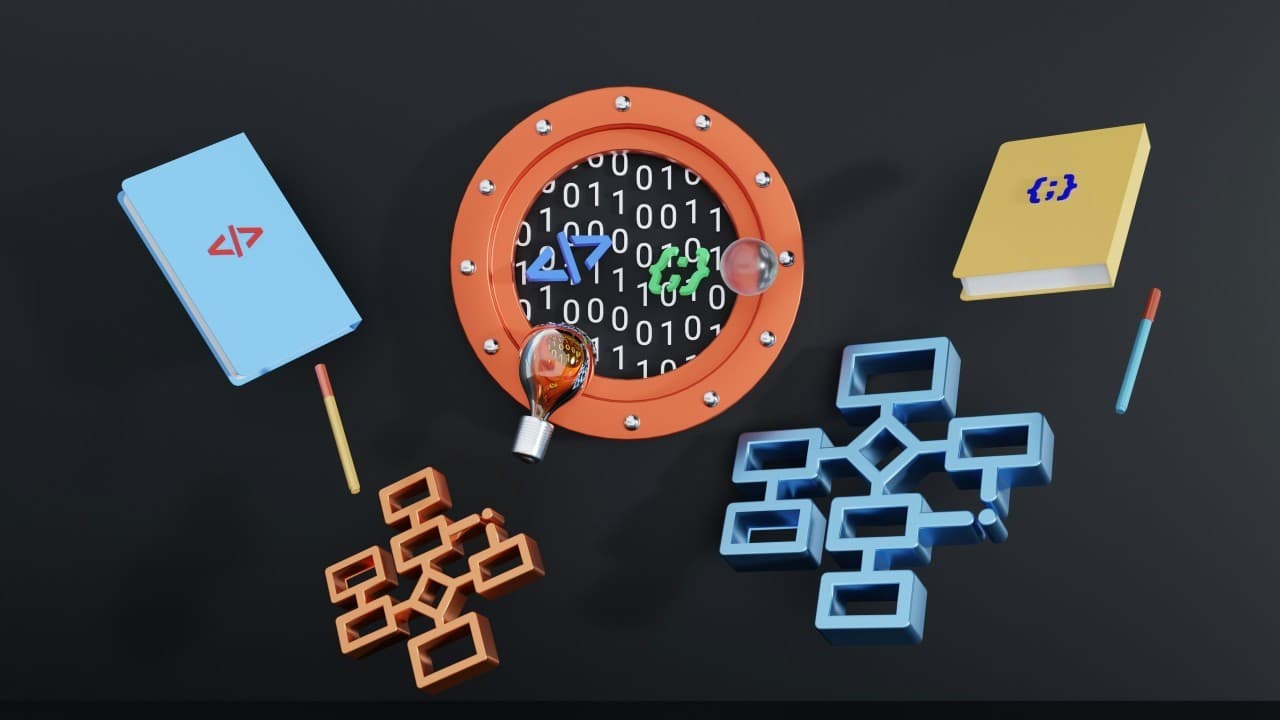
American physicians spend an average of 14.4 hours per week on prior authorization administration. Which is nearly two full workdays per week - time that could be spent treating patients and providing care - lost to a process that, by most accounts, isn't working.
The numbers tell a sobering story: 26% of prior authorization requests still wait 3+ days for determination despite regulatory requirements. Manual PA processing takes 21 minutes per request. And perhaps most damning: 82% of denied requests are overturned on appeal, suggesting that the initial denial was wrong to begin with.
For Medicare Advantage alone, 18% of payment denials were for claims that actually met coverage rules, representing hundreds of thousands of improper denials.
This is a $100+ billion problem that delays care, burns out clinical staff, and creates friction at every point in the healthcare delivery system.
The Resource Utilization Crisis
Health plans typically deploy 3-5 prior authorization FTEs per 100,000 members, with larger Medicare Advantage plans requiring even more. The workflow is inherently manual and clinically intensive:
- PA coordinators process 30-40 simple requests per day, handling intake, eligibility verification, and initial triage
- RN reviewers spend 15-25 minutes per case evaluating medical records against clinical criteria and complete 15-20 comprehensive reviews daily.
- Medical directors conduct 8-12 peer-to-peer discussions per day, spending approximately 30 minutes per case.
- Appeals coordinators manage 20-25 cases daily when denials require secondary review.
One large regional health plan reports needing 40 PA nurses to support 500,000 members, that is 8 nurses per 100,000 members plus 5 medical directors providing peer review coverage.
The staffing burden multiplies when you consider that denial rates of 6-7% create downstream appeals work, and 82% of those appeals result in overturn, requiring the entire clinical review to be repeated.
The Current Workflow: Where Time Gets Lost
The prior authorization process follows a three-stage workflow, each with significant time sinks:
Stage 1: Submission & Intake (2-8 minutes)
Providers submit requests through portals, EDI transactions (X-12-278), or FHIR (HL7) APIs. Intake coordinators
- Verify eligibility
- Check documentation completeness
- Route requests by urgency and complexity.
Despite progress in electronic submission, data extraction and validation remain largely manual.
Stage 2: Clinical Review & Determination (15-25 minutes for complex cases)
This is where the most significant bottleneck occurs. RN reviewers must:
- Read through medical records and provider justifications.
- Cross-reference clinical criteria (InterQual, MCG guidelines)
- Apply coverage policies (NCDs, LCDs, plan-specific rules)
- Determine medical necessity
- Document the rationale
For complex cases, this triggers a peer-to-peer review, adding another 30 minutes of physician time.
Current AI-assisted tools can extract clinical information and flag relevant criteria, but they operate as "recommendation engines" that still require full human review.
One Blue Cross Blue Shield plan achieved impressive results using AI to auto-approve qualifying requests, processing them 1,400 times faster than manual review, but this only works for straightforward cases with complete documentation.
Stage 3: Decision Communication & Follow-Up (3-5 minutes)
Decisions are communicated via portals, EHR notifications, or fax. When denials occur or additional information is needed, manual outreach and task routing add days to the process.
The median time from initial submission to final approval (including appeals) extends to 45-60 days for disputed cases, during which patients may delay or forgo medically necessary care.
The Neuro-Symbolic Advantage: Speed Meets Clinical Rigor
This is where Nēdl Labs' approach fundamentally differs from current AI-assisted PA tools. While existing solutions use AI to extract information and make recommendations, they still rely on human reviewers to perform clinical reasoning and apply policy logic.
Nēdl Pulse employs a neuro-symbolic AI architecture that combines three complementary capabilities:
Neural networks for natural language understanding and pattern recognition across unstructured clinical documentation
Symbolic reasoning engines that codify medical policy, coverage rules, and clinical criteria into executable logic
Knowledge base & graphs that maintain relationships between diagnoses, procedures, coverage policies, and clinical evidence
This compound AI architecture doesn't just speed up rule extraction and creation; it also accelerates the entire clinical decision-making process while maintaining explainability and auditability.
The Accelerated Workflow with Nēdl Pulse
Below is how prior authorization transforms when neuro-symbolic AI handles the cognitive workload:
Stage 1: Intelligent Intake (seconds, not minutes)
When a PA request arrives, Nēdl Pulse can immediately run the rules against the knowledge base for sub-second verification, and parse the new clinical documentation, if needed, extracting:
- Patient demographics and coverage details
- Requested procedures and associated diagnosis codes
- Clinical justification and supporting evidence
- Historical utilization patterns
The knowledge graph retrieves relevant:
- Plan-specific coverage policies
- Applicable clinical criteria (InterQual/MCG)
- CMS coverage determinations (NCDs/LCDs)
- Historical approval patterns for similar cases
This happens in real-time, creating a structured clinical brief that would take a PA coordinator 5-8 minutes to assemble manually.
Stage 2: Symbolic Reasoning for Clinical Determination (seconds to 2-3 minutes)
This is where neuro-symbolic AI demonstrates its power. The symbolic reasoning engine applies clinical criteria and coverage logic deterministically:
For auto-approvable cases (approximately 72% of requests), the system:
- Validates that clinical documentation meets established criteria
- Confirms no exclusions or contraindications exist
- Checks that the service aligns with coverage policies
- Generates an approval with a full documentation trail
Decision time: < 30 seconds
For cases requiring clinical judgment (28% of requests), the system:
- Identifies specific criteria gaps or policy questions
- Surfaces relevant clinical evidence from the knowledge graph
- Provides structured clinical summaries with highlighted decision points
- Routes to the appropriate clinical reviewer with pre-analysis complete
RN reviewer time: 3-5 minutes (reduced from 15-25 minutes) because the cognitive heavy lifting, finding relevant policy sections, matching clinical evidence to criteria, and identifying gaps, has been completed by the symbolic reasoning engine.
For complex cases requiring peer review, the medical director receives:
- Complete policy analysis with specific questions requiring clinical judgment
- Relevant literature and coverage precedents from the knowledge graph
- Structured summary of why the case doesn't fit standard criteria
Medical director time: 8-12 minutes (reduced from 30 minutes) because they can focus purely on the clinical judgment question rather than policy interpretation.
Stage 3: Automated Communication and Audit Trail (seconds)
Decisions are automatically communicated with complete rationale, policy citations, and clinical reasoning, meeting regulatory transparency requirements while creating an audit trail that demonstrates the appropriate application of criteria.
The Scale Impact: From Linear to Exponential
Traditional PA operations scale linearly: more members require proportionally more staff. A health plan growing from 500,000 to 1 million members needs to double its PA workforce roughly.
Neuro-symbolic AI enables exponential scaling. Once the knowledge base contains plan policies, clinical criteria, and coverage rules, it can handle 10x or 100x the volume without proportional increases in review staff. The compound AI architecture learns from each determination, continuously refining its understanding of how policies apply to clinical scenarios.
Resource utilization transformation:
- Auto-approval rate increases from 72% to 85-90% for qualifying requests.
- Manual review time per case drops from 15-25 minutes to 3-5 minutes.
- Medical director's involvement decreases by 40-50% as symbolic reasoning handles policy interpretation.
- Appeal rates drop as initial determinations improve in accuracy.
- The same PA staff can handle 3-4x the case volume
For a health plan with 500,000 members currently deploying 40 PA nurses:
- Current capacity: ~15-20 comprehensive reviews per nurse per day = 600-800 reviews daily
- With Nēdl Pulse: Same 40 nurses handling 1,800-2,400 reviews daily through a combination of automated approvals and accelerated manual reviews
That's the capacity to serve 1.5-2 million members with the same staffing, or the opportunity to redeploy clinical resources to care management and member services.
Why Neuro-Symbolic Matters for Prior Authorization
Prior authorization sits at the intersection of two challenges that AI must solve:
- Unstructured clinical information requiring natural language understanding
- Deterministic policy application requiring explainable, auditable reasoning
Neural network approaches excel at the first challenge but struggle with the second; they can't reliably apply complex policy logic or explain their reasoning in terms that satisfy regulatory requirements.
Rule-based systems handle policy applications well, but can't effectively parse unstructured clinical documentation or adapt to the nuanced ways physicians document medical necessity.
Neuro-symbolic AI bridges this gap. Neural networks handle the messy reality of clinical documentation. The symbolic reasoning engines apply policy logic with the precision and explainability required for healthcare decision-making. The knowledge graph maintains the complex web of relationships between clinical conditions, procedures, evidence, and coverage policies.
The Path Forward
The prior authorization crisis won't be solved by making the current process slightly faster. It requires fundamentally rethinking how we combine human clinical judgment with AI capabilities.
Nēdl Pulse demonstrates that when you architect AI specifically for healthcare's unique requirements, combining neural networks' ability to understand clinical language with symbolic reasoning's ability to apply policy logic, you don't just speed up prior authorization.
- You transform it from a bottleneck into a streamlined process that:
- Returns decisions in seconds or minutes, not days
- Reduces administrative burden on physicians and health plan staff
- Improves accuracy, reducing improper denials and appeals
- Scales efficiently as health plans grow
- Maintains the explainability and auditability healthcare demands
The 14.4 hours physicians spend each week on prior authorization represent time stolen from patient care. Neuro-symbolic AI can give it back.
Interested in learning how Nēdl Labs' neuro-symbolic AI can transform prior authorization at your health plan? Let's talk about what speed and scale look like in your specific environment.
Share this article
About the author
Founder Nedl Labs | Building Intelligent Healthcare for Affordability & Trust | X-Microsoft, Product & Engineering Leadership | Generative & Responsible AI | Startup Founder Advisor | Published Author
Most Recent
Top Articles
Also See

Measuring What Matters

Trustworthy Payment Integrity = AI Speed + Human Judgment

Enterprise GTM: The Essential Shift for Scaling

From Recovery to Prevention: A Trust-First Blueprint for Payment Integrity

Enterprise Product Sense: Why Consumer Intuition Fails in B2B: What Works Instead







